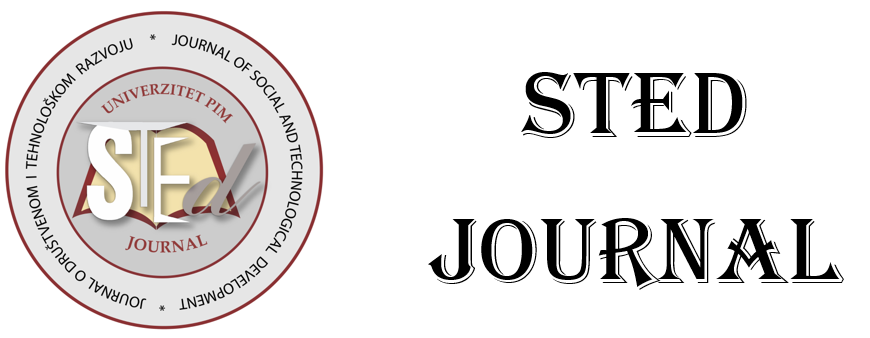Current issue

Volume 7, Issue 2, 2025
Online ISSN: 2637-2614
ISSN: 2637-2150
Volume 7 , Issue 2, (2025)
Published: 28.11.2025.
Open Access
All issues
Contents
26.05.2020.
Review paper
ANALYSIS OF APPROACHES TO THE MATERIAL FLOW IN THE PRODUCTION PROCESS WITH THE USE OF SIMULATION
Simulation in the production process represents the implementation of processes in real-time and space. Current trends are heading towards the implementation and expansion of various types of automated delivery systems in many industrial enterprises. These efforts are supported by requirements to increase reliability, reduce operating costs and time as well as meet operational schedules. The present article pays attention to the use of simulations, which are supporting tools in ensuring the operation of the production process, focusing on the evaluation and planning of the material flow. The first part of the paper presents a theoretical description of problems in the area of application of simulation tools in the production process with a subsequent focus on material flow analysis. The core of the paper presents a description of the analysis of approaches to material flow assessment, using supportive simulation tools in line with the ideas of business digitization. At the end of the article, the overall evaluation and summary of the issue are described.
Darina Duplakova, Jan Duplak, Dušan Mitaľ, Peter Soltes, Enes Sukic
29.11.2019.
Short scientific paper
POLYMER CONCRETE MIXTURES – APPLICATION IN ENGINEERING INDUSTRY
This article discusses the properties of concrete composite materials based on their contexture. Systematic and interactive approaches are required in order to achieve optimal material properties in the preparation of composite materials. In order to predict the physical and mechanical properties of each component of the composite material but also as a whole, its optimization, not only the mechanical but also the material properties under different working conditions, requires a combination of different methods and technologies. The advantage of each composite is its specific properties that cannot be achieved by any component of the composite material alone. The strength of the materials based on polymer concrete mixtures can be compared to the strength properties of metals. On the other hand, this material has elastic properties which give the material a high degree of flexibility. When compared to conventional materials, the value of polymer composites is assessed not only in terms of excellent mechanical properties but also in terms of their low weight and cost. The aim of the paper is to describe the advantages and disadvantages of composites based on polymer concrete mixtures.
Robert Poklemba, Jozef Zajac, Darina Duplakova, Peter Cizmar, David Goldyniak










